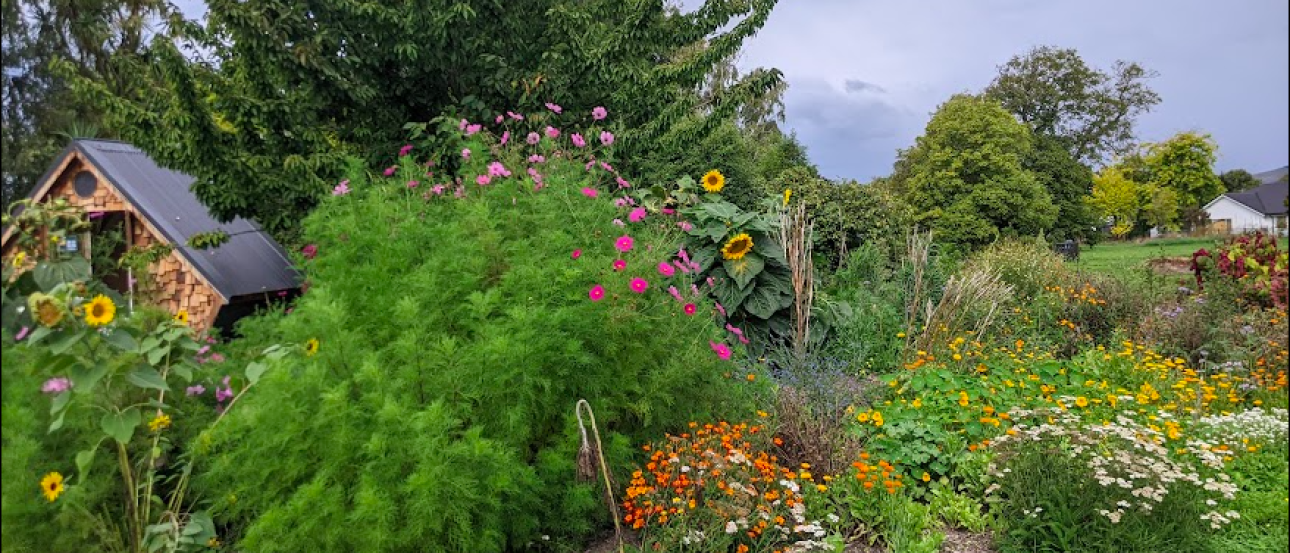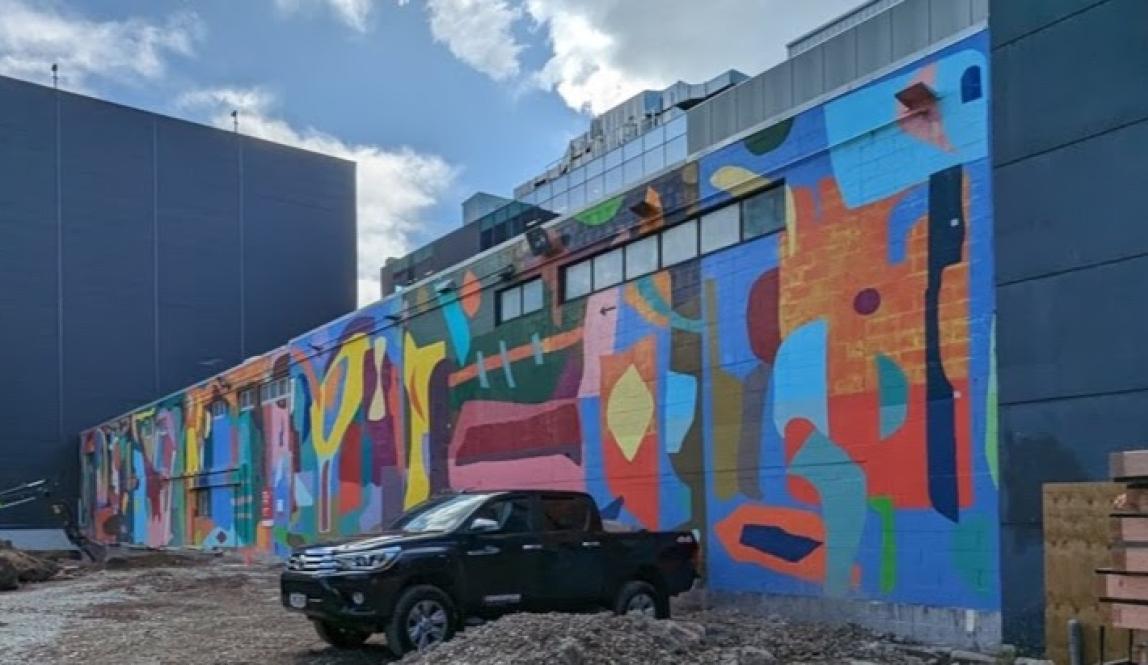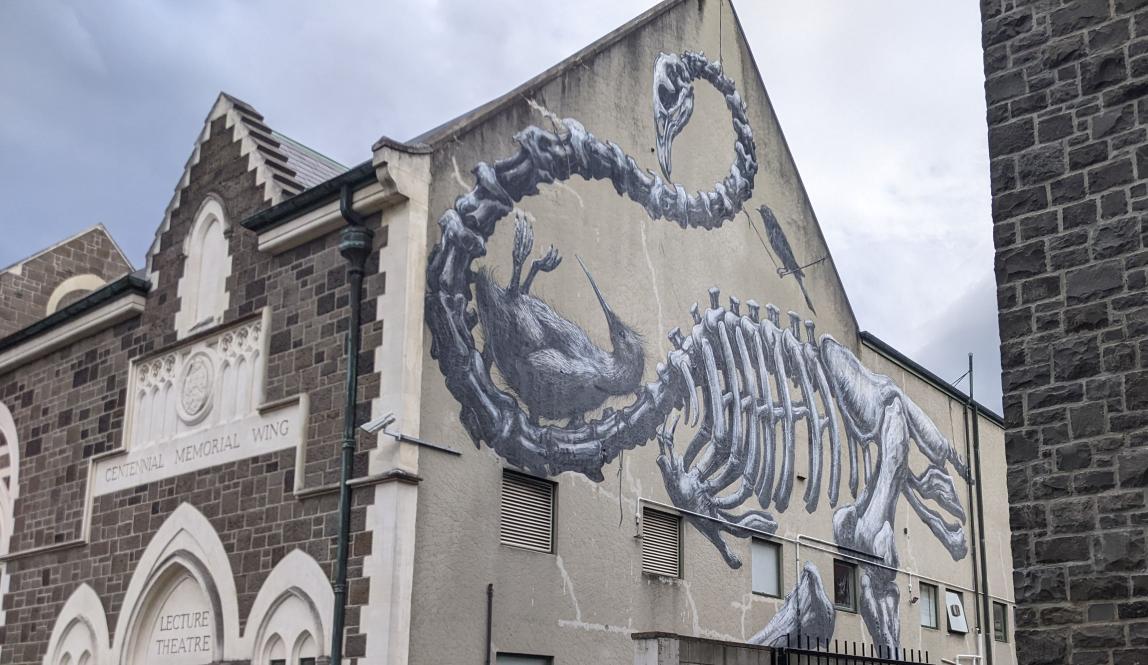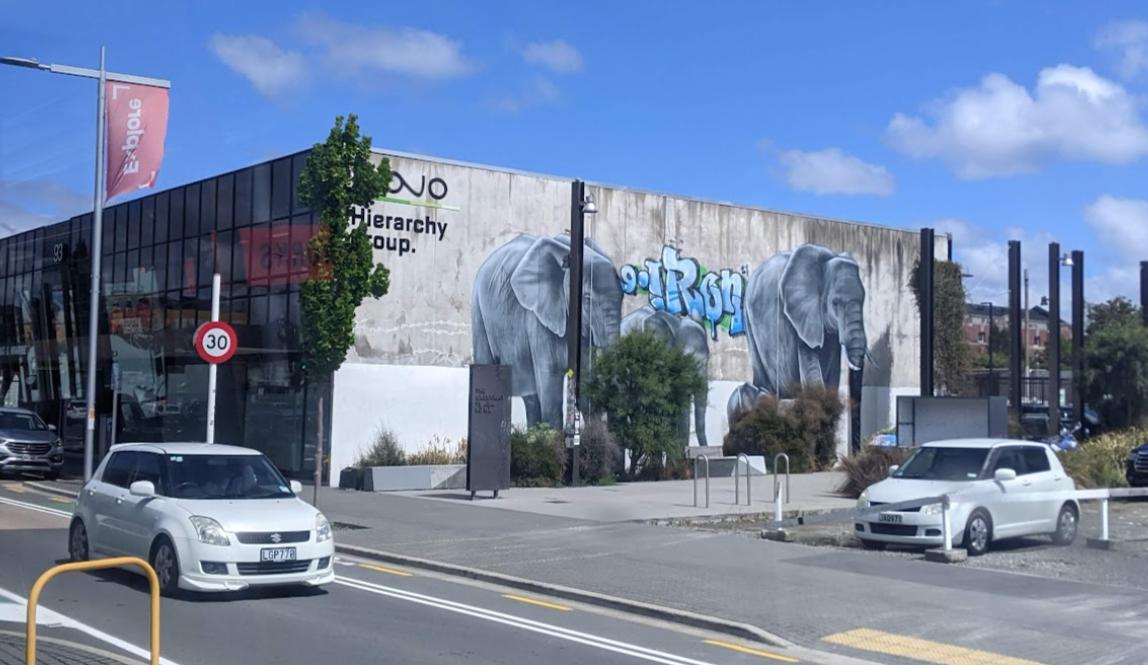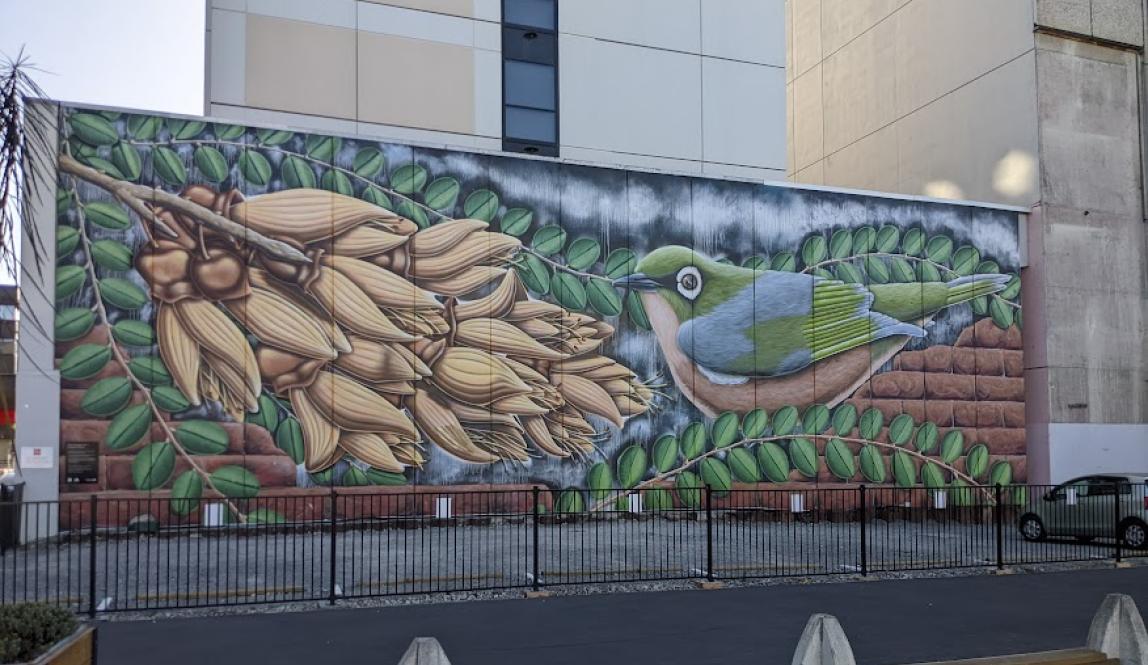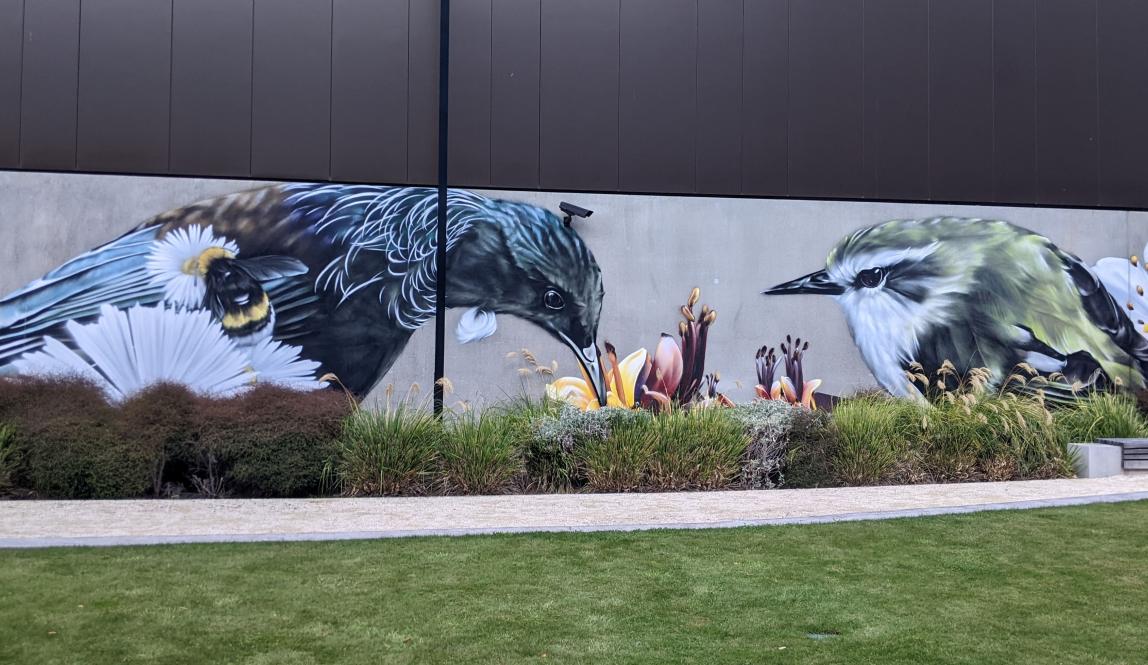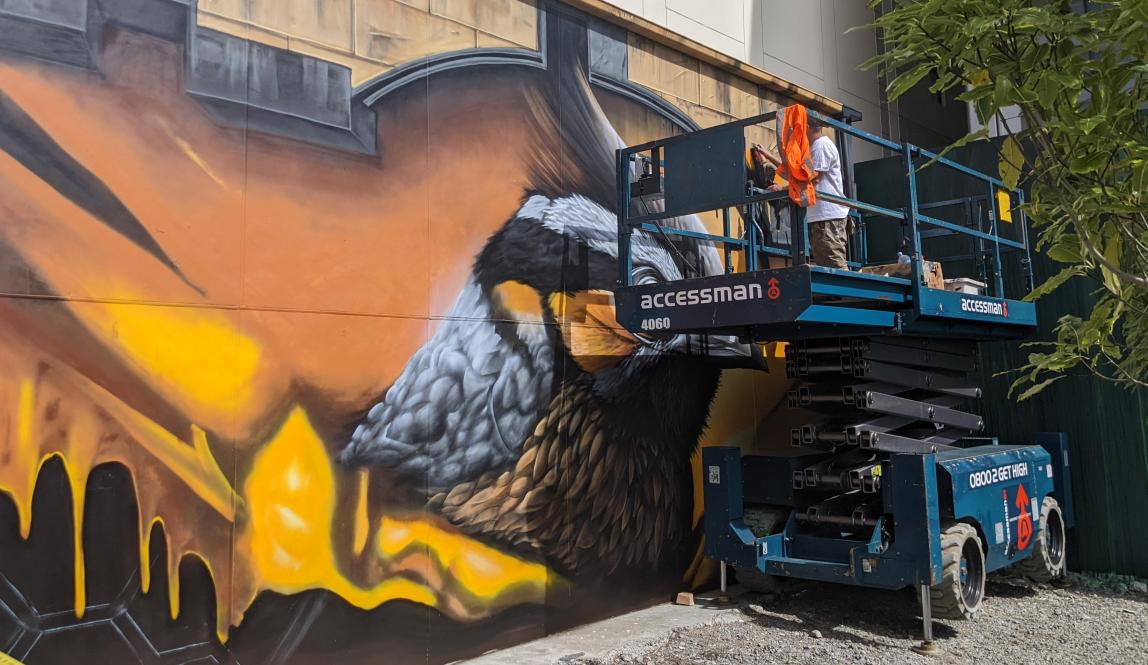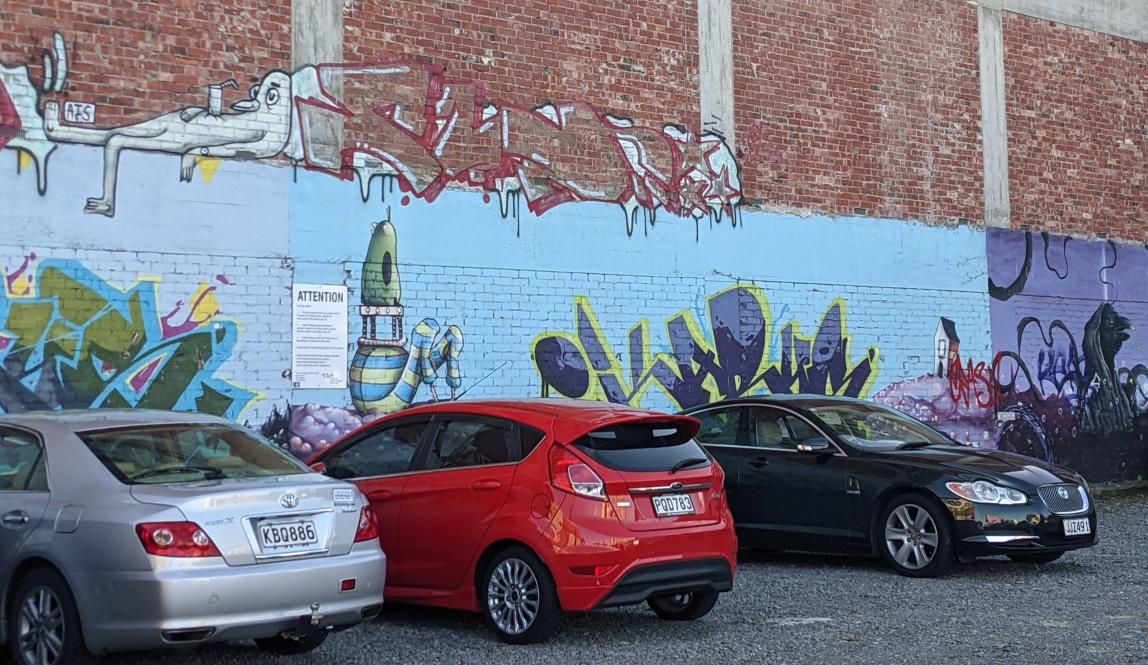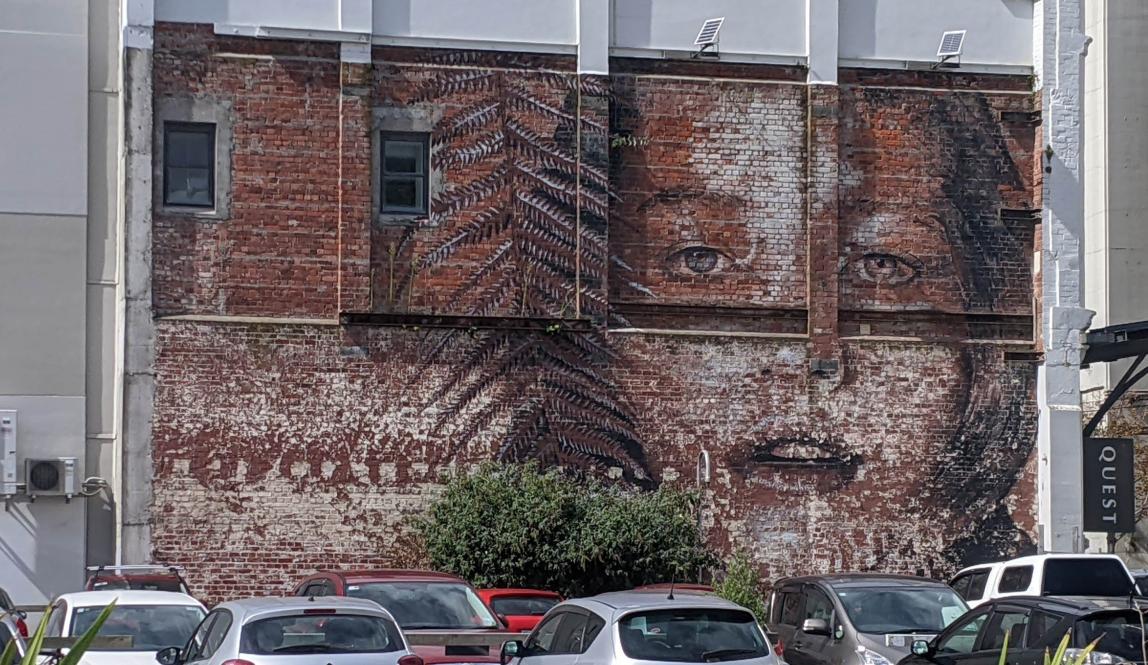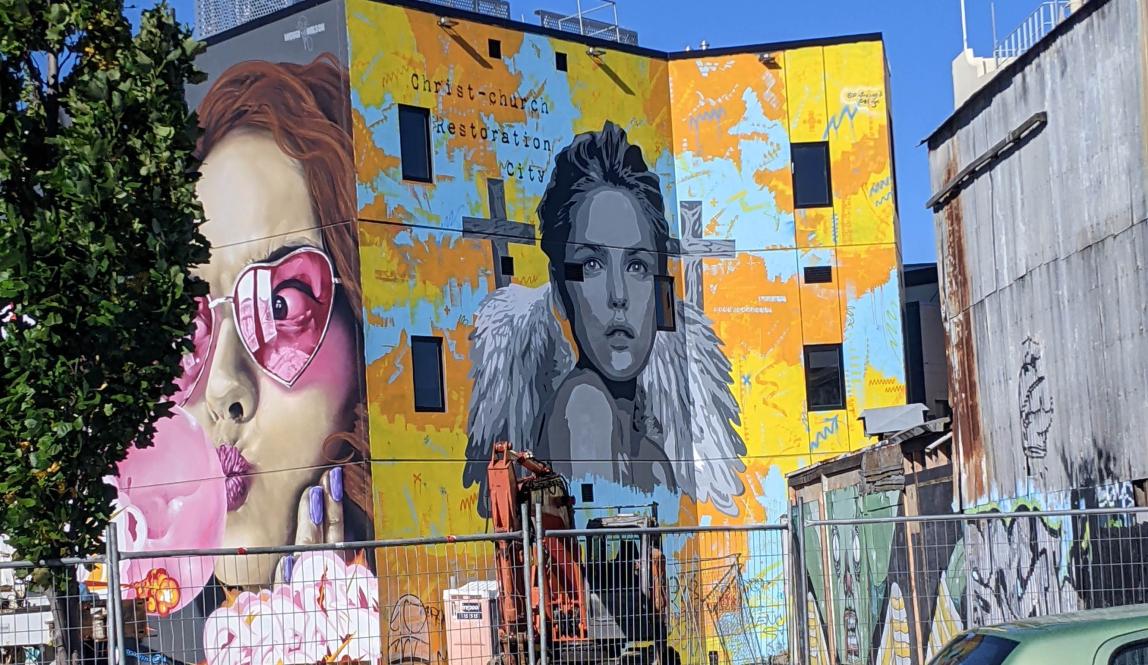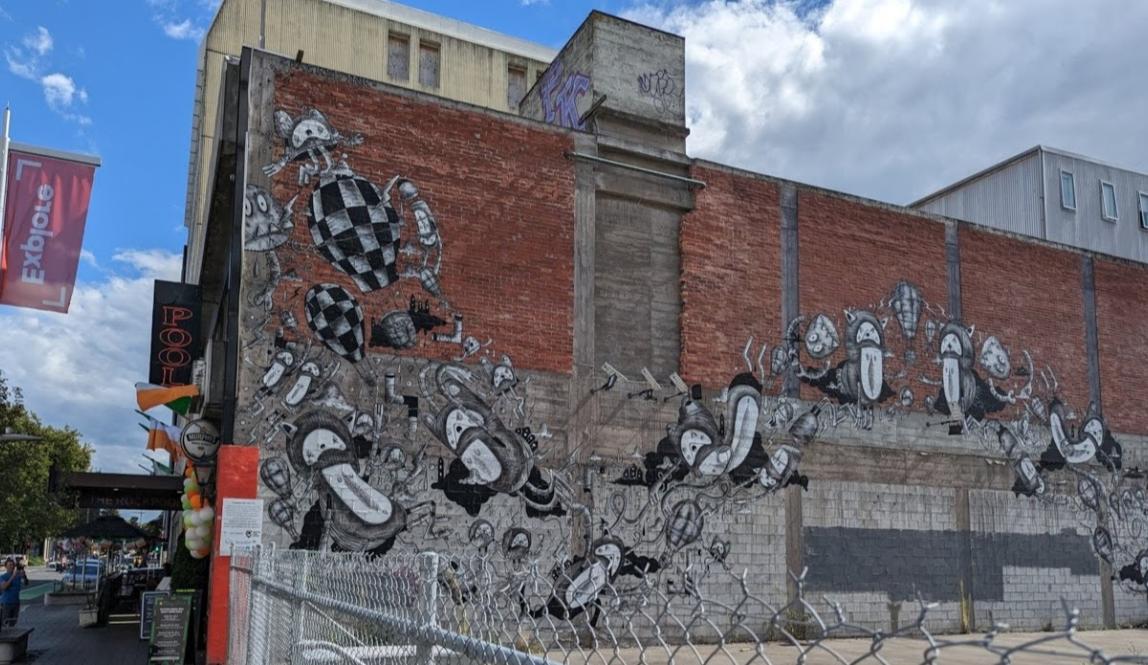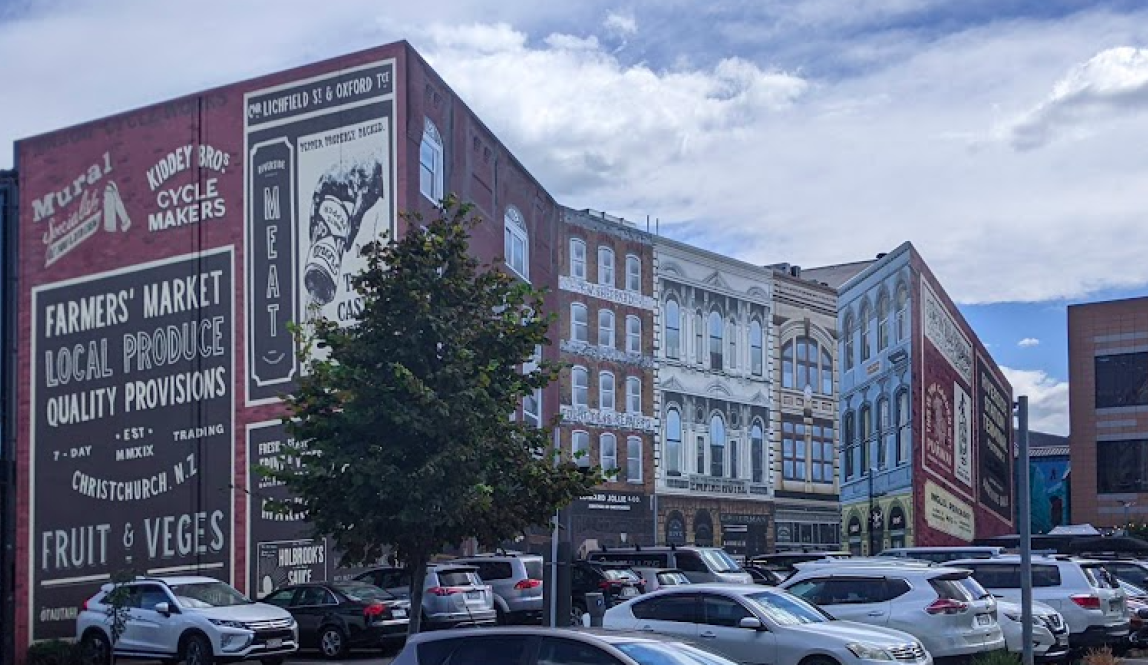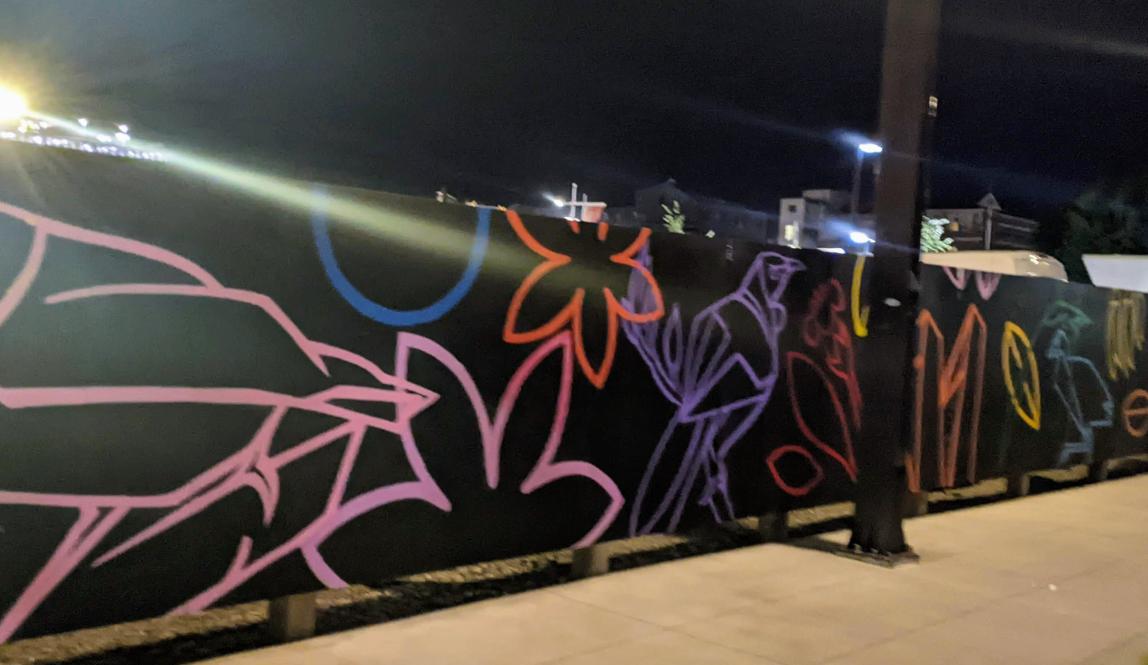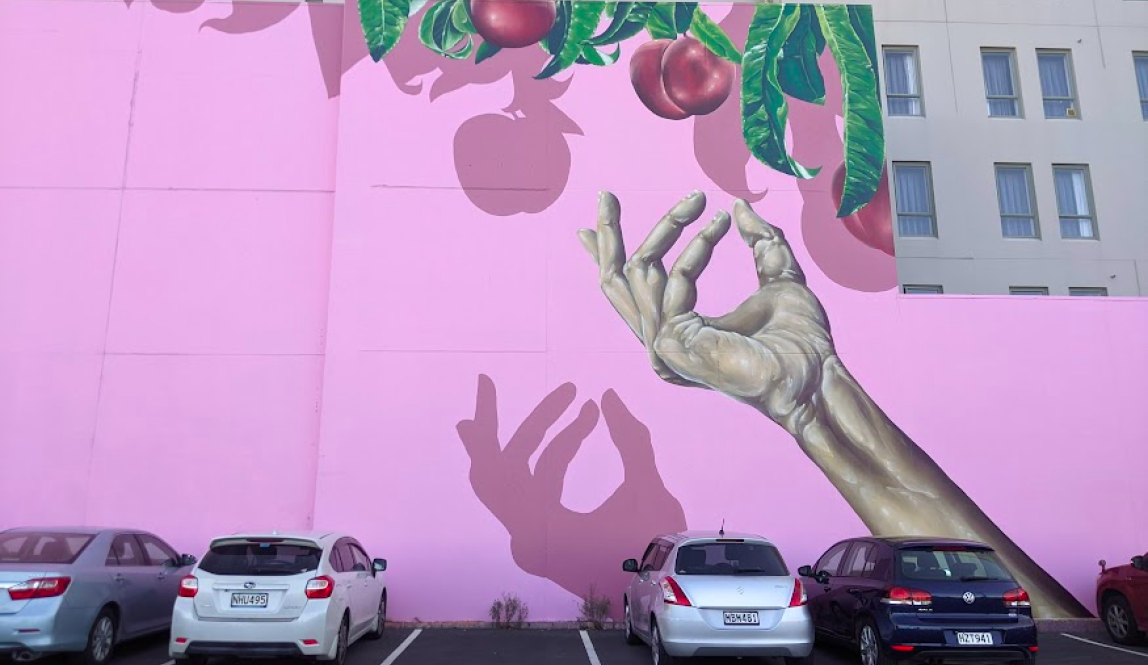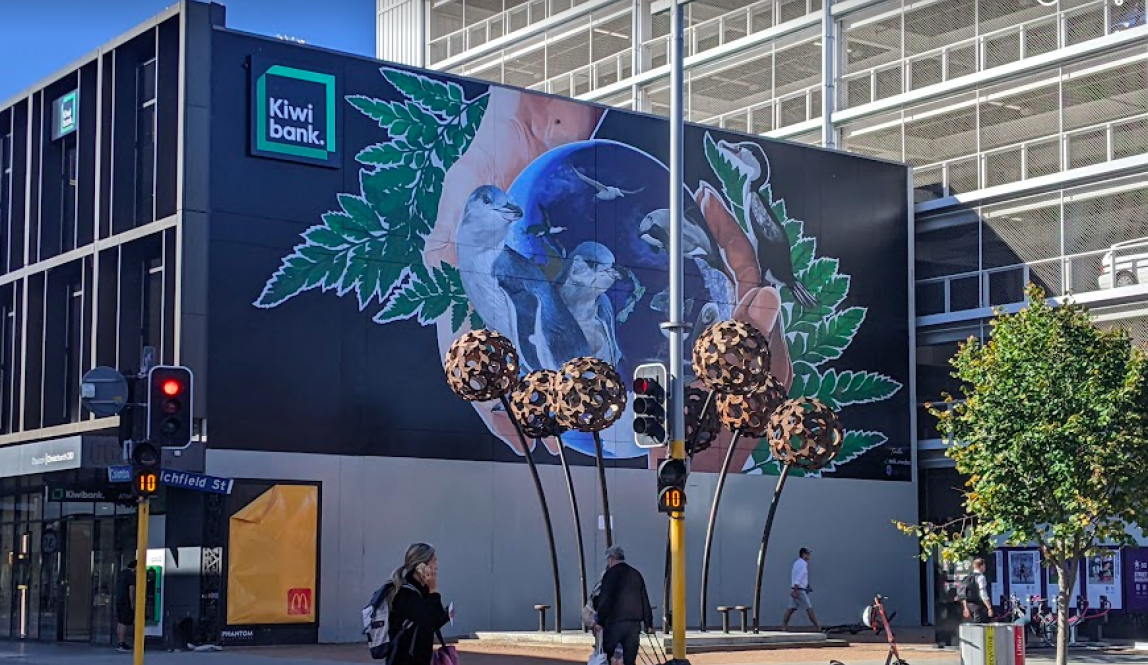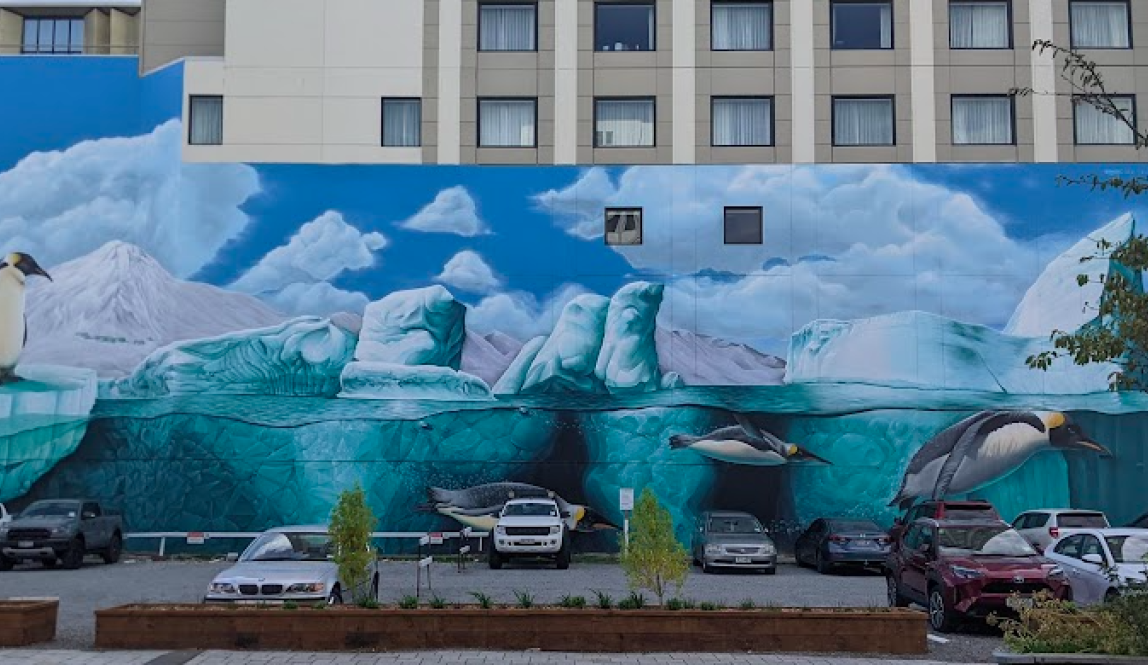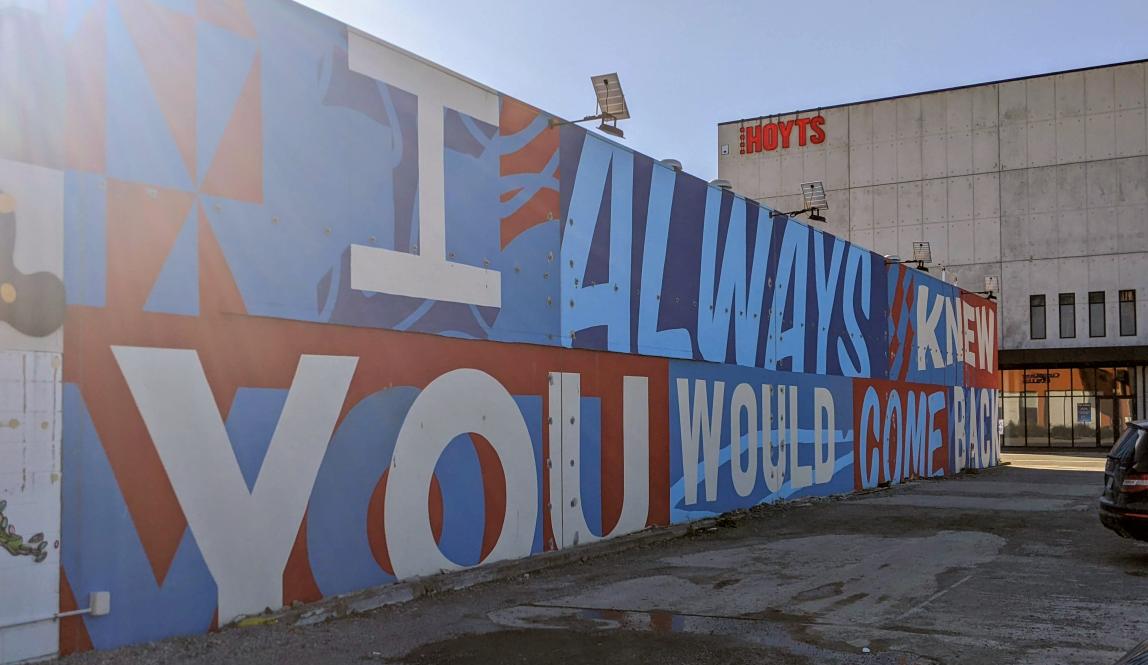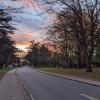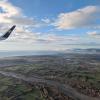An FYI/trigger warning: I usually keep it pretty light in my blogs, but this one is a little more serious, as it discusses the deadly and highly destructive Christchurch earthquakes of 2010-2011. Topics surrounding death, psychological distress/trauma, and natural disasters are touched on.
On February 22, 2011, Christchurch was hit by a violent 6.3 magnitude earthquake. Maybe things would have been different if the city hadn’t already experienced literally 1000’s of earthquakes in the months prior (beginning with a 7.1 magnitude earthquake in September 2010) or if the major quake had hit at another time of day. As it was though, the February 22 earthquake decimated already weakened buildings, caused massive liquefaction (liquified soil pushing up from the ground), and caused the deaths of 185 people, largely because it happened in the middle of the day and because building codes at that time were highly unprepared for an earthquake. After the quake, Christchurch would never be the same.
Many people left the city entirely, especially those in the Residential Red Zone, an area particularly affected by liquefaction and structural instability. Much of the Central Business District (CBD) was completely leveled. Historic structures, with their old stone design, were seriously damaged or destroyed. And most significantly, the absence of those killed was felt keenly. Even those not directly impacted by the deaths suffered the trauma of experiencing such a devastating earthquake. This was on top of the trauma of maintaining forced vigilance for months as quake after quake after quake rocked the area, never knowing if that particular bout of shaking was going to get worse, was going to be the big one. Needless to say, that has some serious psychological impact. However, to their credit, the people of Christchurch were determined to rebuild and recover. And not just rebuild and recover, but rebuild and recover even better than before. Thus began a massive healing effort, not just of the physical buildings, but of the people and communities of Christchurch itself.
What people outside Christchurch might not realize is that even 10+ years later, that healing is an ongoing effort. There are still empty lots and abandoned buildings peppering the CBD, areas that just don’t have the time or attention yet to be rebuilt or cleaned up. Larger projects, like refurbishing the Cathedral and building a new recreation and sport center, are still a ways out from completion, especially after Covid-related delays. If you know what to look and listen for, it’s hard to go anywhere and not see the impacts of the earthquakes, on the landscape and the people. Similarly to how the Covid pandemic is referenced by the rest of the world, the 2010-2011 earthquakes are a universal reference point for everyone in the Christchurch region. It’s common for them to come up in conversation, as in “yeah, after the earthquake…” or “this was before the earthquake of course…”
Despite the city being far from 100% recovered, there has been an incredible amount of repair and growth, even far beyond what the city was pre-earthquake. The destruction of many parts of the CBD was tragic, but it also provided an opportunity to create spaces that were safer, more modern, community and environmentally friendly, and collaborative with local iwi (Māori tribes). Now, the CBD is bustling with pedestrian-friendly shopping avenues, great bike lanes, a Riverside Market consisting of vendors selling tons of different cuisines, green spaces to sit and admire the Avon River, a gorgeous library (called Tūranga), a convention center, and spaces to just have fun. These fun spaces are some of the best post-quake innovations in my opinion. They include a massive playground inspired by NZ children’s author Margaret Mahy (built for all ages), a skateboard/bike/scooter course, a place for spontaneous dance parties, a giant swing (also built for all ages), art installations, and more. (Check out Gap Filler https://gapfiller.org.nz/ if you want to see the amazing, creative work that is being done to literally fill in the gaps created by the earthquakes.)
The areas outside the CBD that were heavily impacted are also still scattered with evidence of the quake, but many razed areas have been turned into community gardens or other community-minded spaces. One of the most important changes is that, unlike in 2010, Christchurch is prepared for an earthquake. Building codes are strict on what materials are used, many buildings include massive supports, and buildings can only be so many stories (most are about five at most). This is actually something I really like about Christchurch, because it makes it feel less like a big city, and more friendly. If you want to read more about the earthquakes and the rebuilding process since then, you can check out this article from Australian Geographic (https://www.australiangeographic.com.au/topics/history-culture/2021/02/christchurch-earthquake-ten-years-on/) which I used to fact check and supplement the information I’ve learned while living here.
Because of the above building precautions, I have felt very safe while here, even though I know an earthquake could hit again at any time. We have actually had quite a few while I’ve been here, but they’ve either been too light for me to notice them, or they happened when I was sleeping and weren’t strong enough to wake me up. During my first week here, I did notice a small one, but it was over so quick I barely registered it. Everything just felt off for a second, and I could hear a rumbling sound. I thought “maybe that was a big truck driving by?” until a flatmate from earthquake-prone California said it was a quake. It’s surreal to think about how an earthquake could hit at literally any moment, when you’re sleeping, taking a shower, on the bus, or cooking dinner. Eventually you acclimate though, and I’ve gotten used to checking GeoNet (https://www.geonet.org.nz/earthquake) to find that earthquakes are constantly affecting NZ, but rarely cause significant damage or catch my notice.
Of course when they do cause significant damage, it’s heartbreaking, especially when lives are lost. To memorialize those killed in the Christchurch earthquake, a beautiful memorial was built along the river, consisting of a long curved wall with the names of all those killed, with trees planted in front that cast stark, criss-crossed shadows across the names. It is an important solemn and meditative space, but personally I found another, less formal memorial even more impactful. It was an art installation consisting of 185 empty chairs, painted white, each chair a different style to represent a different person who died. Looking at it really brought home what a number alone can’t capture: how those who died were each unique and individual people, with their own lives, personality, interests, hopes, dreams, and loved ones. Their absence itself has a presence, like an empty chair. The installation has moved around Christchurch, and just recently said goodbye after 10+ years. People from the community were encouraged to come take a chair if they wanted, so the installation could live on, in a way. For photos and more of the story: https://www.stuff.co.nz/national/131664802/bittersweet-farewell-as-famous-christchurch-earthquake-memorial-is-dismantled.
Considering the suffering and lives lost, I first felt a little weird about filling in the destroyed spaces with things like dance pads. Sure, it’s good to see the glass as half full when you can, but something felt off about being overly-joyful about it, like it was celebrating that the earthquake happened and provided the opportunity to build those spaces. However, the more I thought about it, the more I realized that wasn’t the case. With their typical Kiwi can-do attitude, those who creatively rebuilt weren’t celebrating the earthquake, they were accepting it and refusing to let it get the best of them. They said, “Right. This bad thing has happened and we recognize that. Now let's get working to come back from it.” In a way, throwing themselves into the process of rebuilding better than ever was not only a way to deal with their own grief over their broken city and loss of human life, but also a way to honor those who died. Joy in those spaces isn’t disrespectful, especially because Kiwis aren’t much for solemnity in my experience. Joy in those spaces is a defiant act against the tragedy of the earthquakes, and living one’s life to the fullest to honor those who lost theirs is a pretty worthy memorial in my opinion.
——————
In the early days after the major February earthquake, the CBD was largely reduced to rubble. In an effort to quickly bring some life and beauty back to the area, murals were painted. Christchurch is still densely populated with murals of all different styles, and new ones are always going in. For me, they have come to be a symbol of Christchurch itself, as well as a reminder of new growth and recovery even after great destruction. I have favorite ones around the city, and I love walking or biking in a different area of the city and discovering a new one. I wish that more cities had as many murals as Christchurch. I hope you enjoy the below photos of a few of them, and if you ever visit Christchurch, even years from now when most obvious traces of the earthquakes are gone, I hope you take a moment to admire the murals and remember what inspired them.


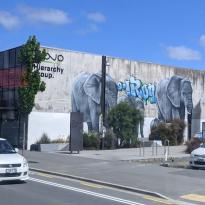


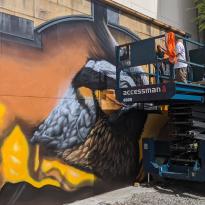





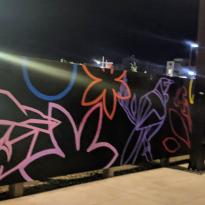
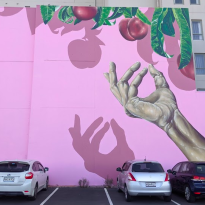
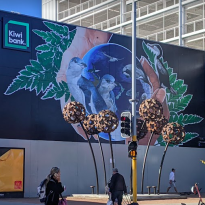


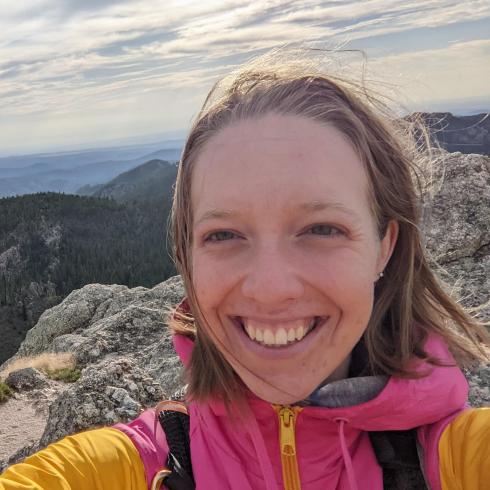
Anna Marie Riner
Kia ora! My name is Anna Marie, and I am a creative, outdoorsy individual from the Black Hills in South Dakota. This semester, I'm excited to be crossing the globe to New Zealand for some studying, tramping (hiking), eating, birding, interning, exploring and much more.
